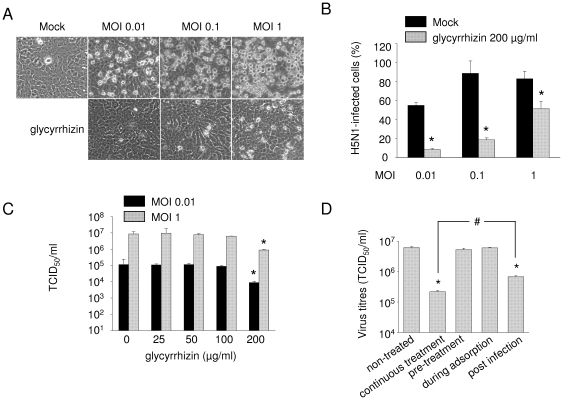Figure 1. Influence of glycyrrhizin on H5N1 replication in A549 cells.
A) Representative pictures of non-infected A549 cells (Mock) and cytopathogenic effect formation in A549 cells infected with H5N1 A/Thailand/1(Kan-1)/04 at different multiplicities of infection (MOI) without or with glycyrrhizin (200 µg/ml) treatment for 24 h. B) Influence of glycyrrhizin 200 µg/ml on the number of H5N1 A/Thailand/1(Kan-1)/04-infected A549 cells determined by flow cytometric analysis of nucleoprotein-positive cells 24 h post infection. C) Influence of different glycyrrhizin concentrations on viral titres determined in A549 cells infected with H5N1 A/Thailand/1(Kan-1)/04 (MOI 0.01 or MOI 1) 24 h post infection. D). Influence of different glycyrrhizin administration schedules on H5N1 A/Thailand/1(Kan-1)/04 (MOI 0.01) viral titres determined in A549 cells 24 h post infection. Cells were treated without glycyrrhizin (non-treated), with glycyrrhizin 200 µg/ml continuously starting with a 1 h pre-incubation period (continuous treatment), with glycyrrhizin 200 µg/ml solely for a 1 h pre-incubation period (pre-treatment), with glycyrrhizin 200 µg/ml solely during the 1 h adsorption period, or with glycyrrhizin 200 µg/ml added after virus adsorption. Pro-longed pre-treatment periods did not result in increased virus inhibitory effects of the continuous treatment regimen (not shown). * P<0.05 relative to non-treated virus control, # P<0.05.

